The ESA Comet Interceptor mission and its payload complement
- 1European Space Agency, ESTEC, Noordwijk, The Netherlands (anamarija.stankov@esa.int)
- 2European Space Agency, ESAC, Madrid, Spain
The Comet Interceptor mission was selected by ESA in 2019 as the first fast class science mission, to be launched in 2029. As an F-class mission, Comet-I has a reduced definition and implementation time compared to medium or large class mission and strict limits regarding resources and cost. For example, the time between mission proposal selection and delivery of the flight models of the instruments, is about 5-6 years, precluding the possibility of new technology developments. This fast and resource constrained mission development presents unique challenges for the platform as well as for the payload.
The mission’s main science goal is to characterise a dynamically new comet, or a new interstellar object, using multi-point observations, performed by the instruments on board the main spacecraft A and its two probes, B1 and B2. Probe B1 will be provided by JAXA and probe B2 will be provided by ESA.
Comet Interceptor will be launched with an Ariane launcher, together with ESA’s ARIEL satellite, to the Sun-Earth L2 point. There the satellite will remain in a waiting position until it continues its journey to a newly detected comet or interstellar body. Comet-I will perform a close fly-by of this object and will also release two small probes, B1 and B2, which will observe the object from a much closer distance than spacecraft A. The satellite is designed for a total mission lifetime of 6 years with a science operations phase of up to 6 months after the closest encounter at fly-by.
In Figure 1 we show the main mission phases: Launch, transfer to L2, waiting position at L2, transfer to the target, and fly-by:
Figure 1: Comet Interceptor mission phases.
In this poster we describe the Comet Interceptor mission, the scientific payload on the two ESA elements, and its accommodation on spacecraft A and probe B1.
The scientific payload on the spacecraft A comprises:
- CoCa - camera for high resolution colour imaging of the target’s surface and inner coma.
- MANIaC – mass spectrometer based on the time-of flight principle, measuring in situ volatiles’ total and relative abundances in the coma.
- MIRMIS - mapping the ice and mineral composition of the target nucleus and coma and the surface temperature of the nucleus
- DFP-A: Dust, Fields, and Particles suite: three particle detectors measuring electrons, ions and energetic neutral atoms, as well as a dust detector and a magnetometer - to detect and measure charged gases, energetic neutral atoms, dust, and magnetic fields surrounding the comet.
The scientific payload on the probe B2 comprises:
- OPIC - imager for mapping of the nucleus and its dust jets.
- EnVisS - to map the entire sky within the comet's head and near-tail, to reveal changing structures within the dust, neutral gas, and ionized gases.
- DFP-B: Dust, Fields, and Particles suite (subset of DFP-A sensors) - the dust detector, and magnetometer.
How to cite: Stankov, A., Ratti, F., Rando, N., Kueppers, M., Corral Van Damme, C., Wielders, A., Wirth, K., Agnolon, V., and Asquier, J.: The ESA Comet Interceptor mission and its payload complement, Europlanet Science Congress 2022, Granada, Spain, 18–23 Sep 2022, EPSC2022-523, https://doi.org/10.5194/epsc2022-523, 2022.

